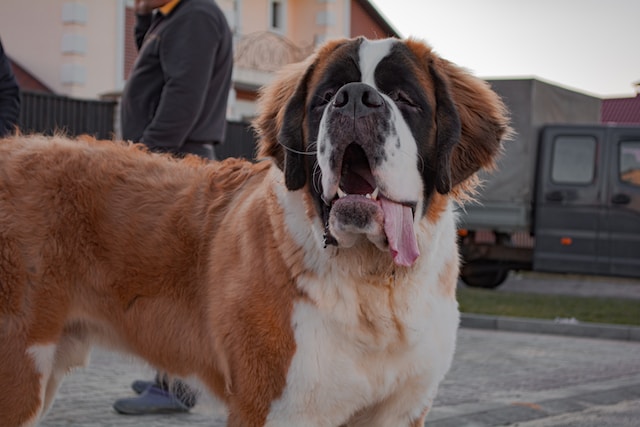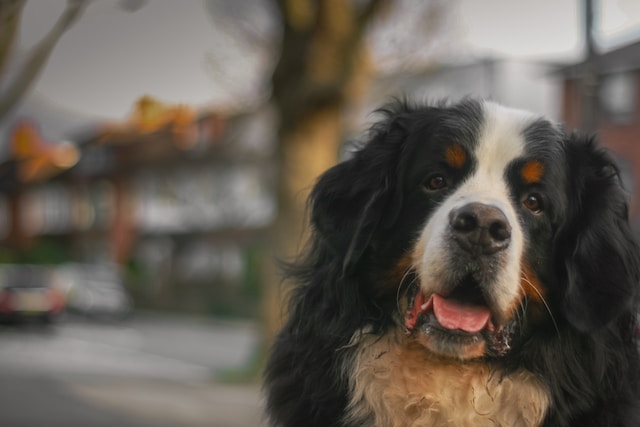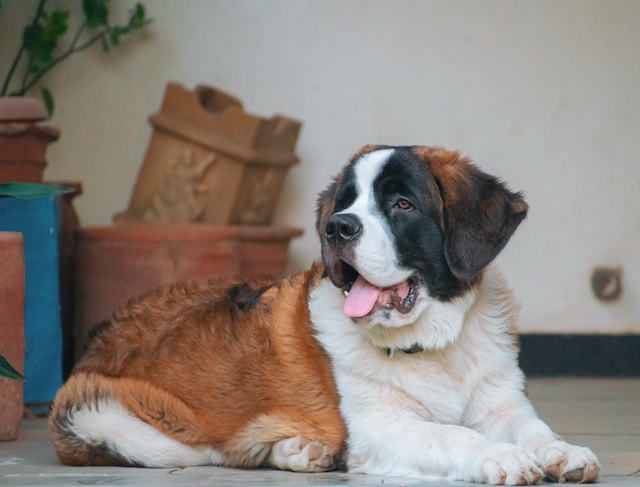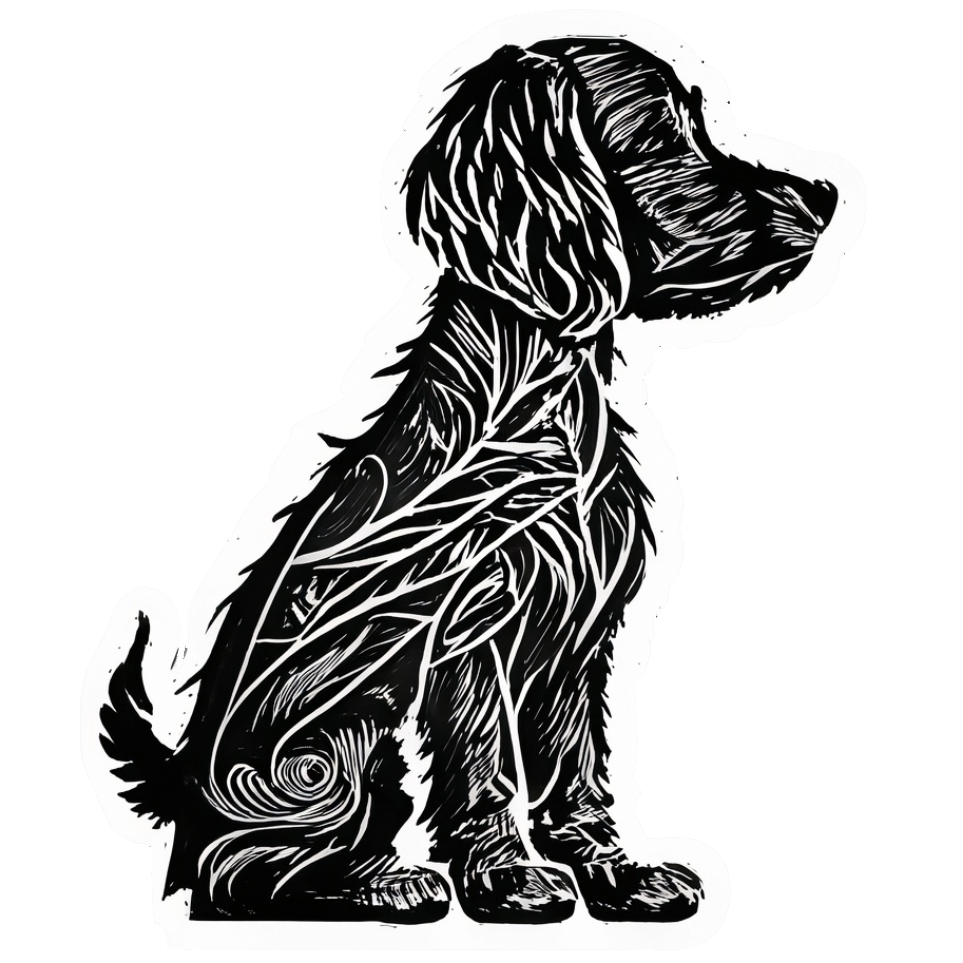Gentle Giant



The St. Bernard is a breed that’s impossible to overlook. Known for their incredible size, powerful strength, and gentle demeanor, these dogs have served as search and rescue dogs in the Swiss Alps for centuries. With their loving and patient nature, they make fantastic family pets and prove that sometimes, the biggest dogs have the biggest hearts.
Origin and History
The St. Bernard breed originates from the Swiss Alps, where they were originally used by the monks of the St. Bernard Hospice to rescue travelers caught in snowdrifts and avalanches. Over the centuries, they’ve saved thousands of lives, thanks to their excellent sense of direction, resistance to cold, and ability to locate people buried in the snow.
Appearance
St. Bernards are among the largest dog breeds, with males standing up to 30 inches at the shoulder and weighing between 140 and 180 pounds, and females slightly smaller. They have a broad and powerful build, a massive head with expressive eyes, and a slightly wrinkled forehead.
Their coat can be either smooth or rough, with the smooth coat being close and flat while the rough coat is dense but more wavy. St. Bernards typically have a white body with red or brindle patches and a unique mask-like marking on the face.
Temperament
Despite their enormous size, St. Bernards are known for their calm, patient, and gentle temperament. They are incredibly friendly and good-natured dogs who enjoy being part of the family activities. These gentle giants are also known for being great with children, often showing remarkable patience.
St. Bernards are intelligent and eager to please, which makes them relatively easy to train. However, given their size, it’s crucial to start their training and socialization from a young age to ensure they grow into well-behaved and controlled adults.
Exercise and Health
Although they are a giant breed, St. Bernards don’t require a lot of exercise. Several short walks and a moderate play session each day are enough for these dogs. As they are prone to heat, care should be taken to avoid intense exercise in hot weather.
St. Bernards are generally healthy, but like all breeds, they’re prone to certain health conditions. Not all St. Bernards will get any or all of these diseases, but it’s important to be aware of them. These include hip dysplasia, elbow dysplasia, and certain heart conditions. Regular vet check-ups are essential to keep them in the best health.
Living with a St. Bernard
Living with a St. Bernard is a rewarding experience, but it requires space due to their size. They are quite calm indoors, but they still need ample room to move comfortably.
They are known to be quite drooly due to their loose mouth skin, so having a handy drool-rag isn’t a bad idea if you own a St. Bernard.
In conclusion, if you have the space for a large dog and are looking for a breed that is gentle, loving, and good with families, the St. Bernard could be the perfect fit for you. Just remember, every big dog needs a big commitment, and their size should not be underestimated.
